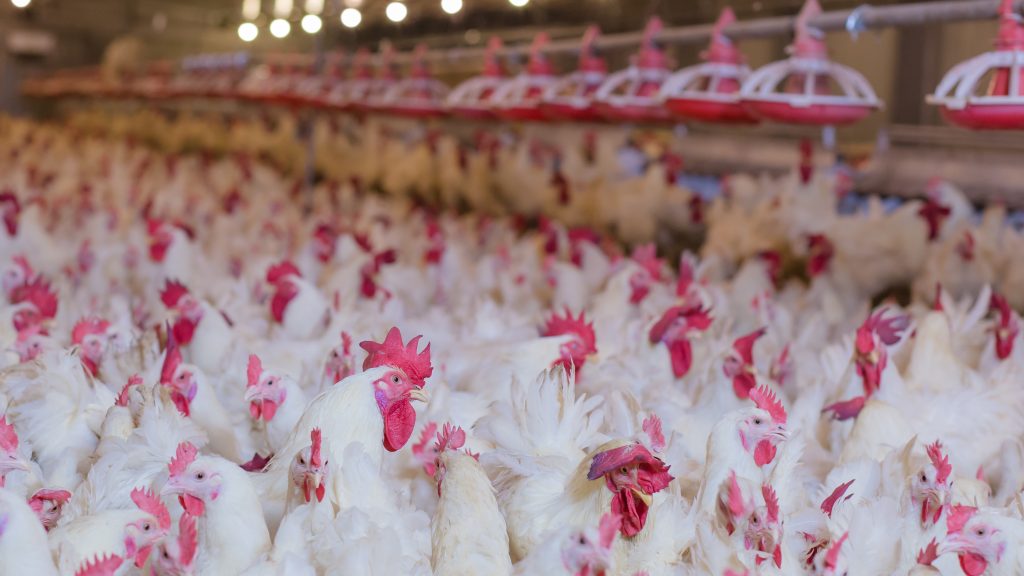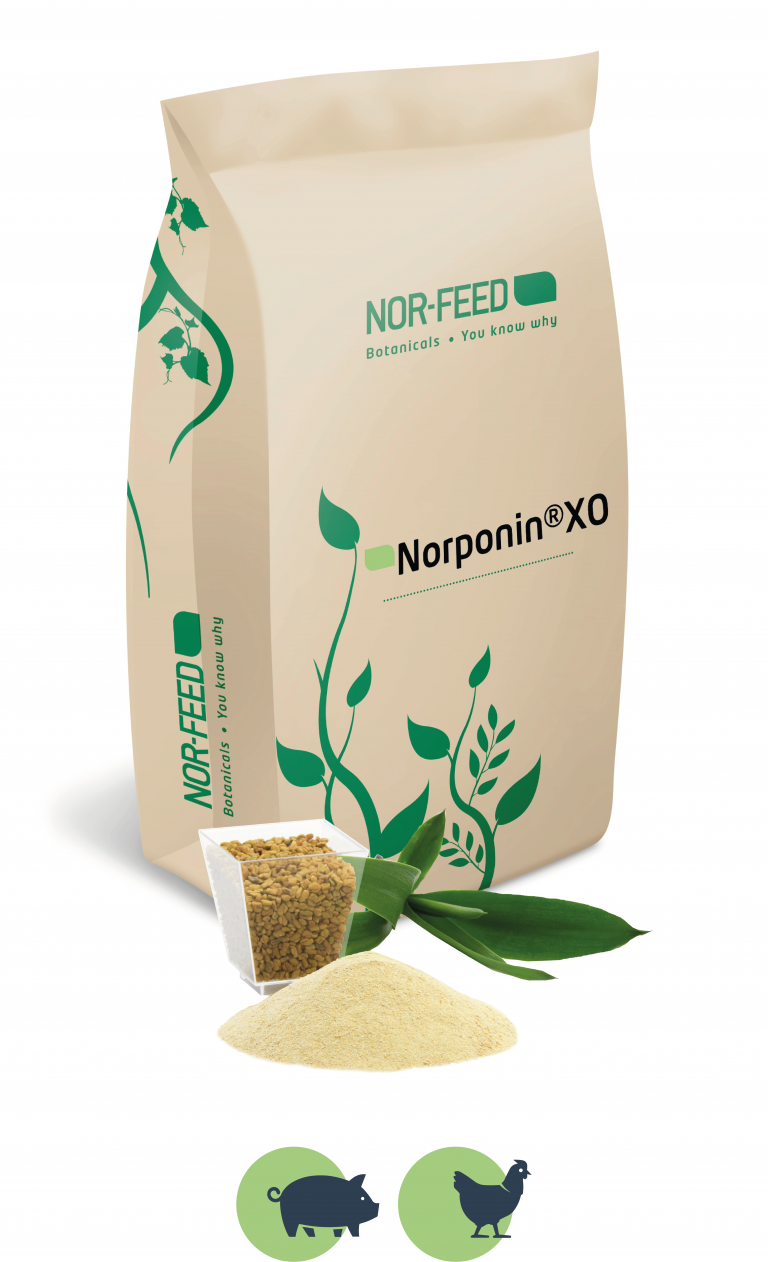
A major challenge for poultry productions:
Coccidial risk
Coccidial risk is a major challenge for poultry industry. Natural solutions based on extracted and selected saponins are good candidates to contribute to coccidial risk management.
After years of careful studies, Nor-Feed developed a saponin-based solution to contribute to coccidial risk management. The study below illustrate the interest of this solution.
A large-scale conviction trial to prove the efficacy of:
Norponin® XO
For this conviction trial conducted in South Africa, 12 houses with a capacity of 28,000 chickens each were selected (336, 000 birds in total) and divided into 2 groups. 6 houses received feed supplemented with conventional solution based on Semduramicin (15 ppm) and Nicarbazin (40 ppm) the “Sed-Ni” group. The other 6 houses were fed the same feed but supplemented by 250 ppm Norponin® XO instead of a conventional solution, Norponin® XO group. Birds were reared for 30 days. Performance parameters (Live weight, ADG, FCR and mortality) were measured and the economic impact of the use of Norponin® XO was also evaluated.


Natural solution for contributing to coccidial risk management
Norponin® XO
Norponin® XO is a natural solution based on plants rich in saponins that contributes to the management of coccidial risk in multiple species.






